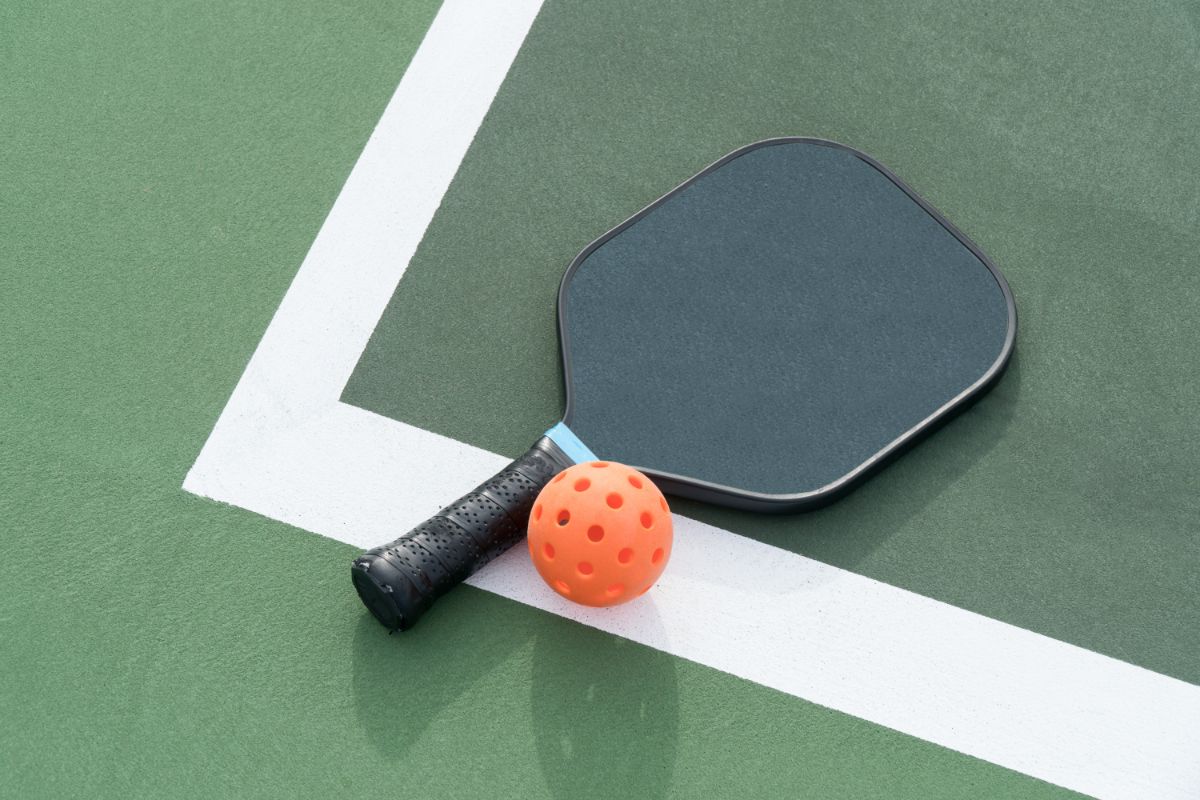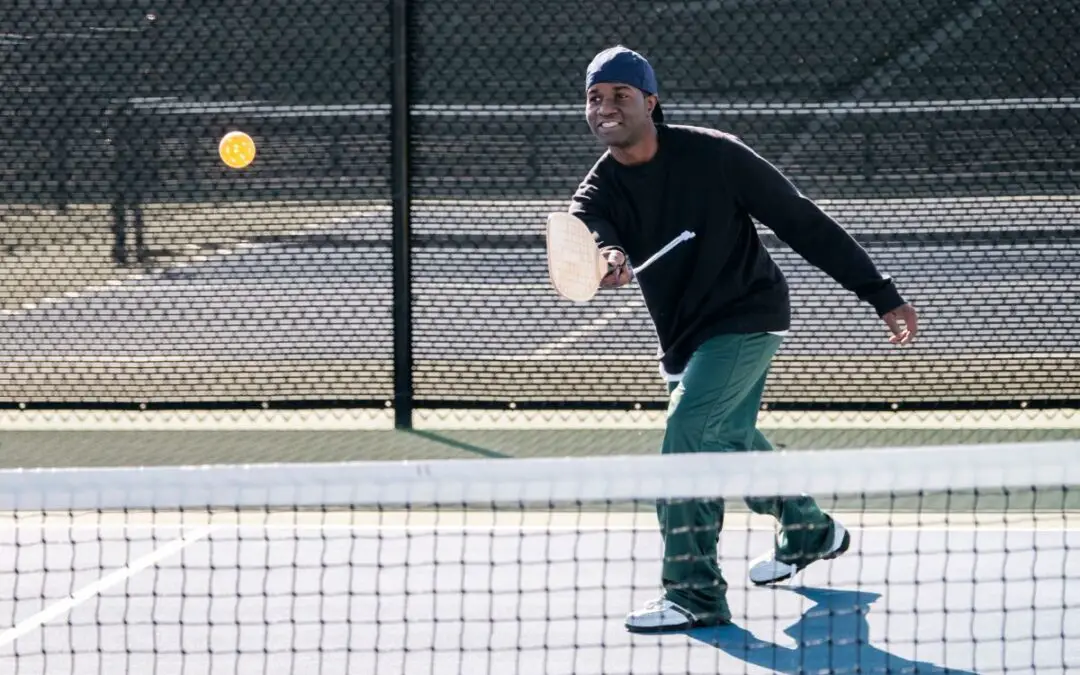Pickleball is a very popular game, and it is growing in popularity in the United States, it is increasingly popular with older people, but with a growing younger generation of players as well.
You can easily buy a paddle when you decide to take up pickleball, and often as a newbie this is the best course of action.
But, once you are into the game, and you know you are in it for the long haul, making your own can be a great way to individualize how you play.
But, making any sporting equipment from scratch is no easy feat, so how do you do it?
Well, it is actually pretty simple. You can easily make your own paddle with just a few simple materials, some creativity, and a good template.
No idea how to get started? No problem, let us give you a helping hand in getting started!
Our Step-By-Step Guide
When you are playing pickleball, or perhaps are a pickleball enthusiast who wants to get a bit more into it, making your own paddle can be super rewarding.
It also makes for a great activity to do with your kids if they enjoy pickleball, making your own pickleball paddles is a creative activity, and one that will make you extra excited about your next game.
Similarly, you may not be able to find a paddle that feels 100% right in your hand, and making one can be your way around it!
So… How do you do this? Let’s tell you how.
Templates
You should start out with a template of a paddle. You can easily get these online, download them, and then print it to the correct scale.
You should change the height and width to fit the specification you want to have, then print it off on a large enough piece of paper for the whole picture, to give it some breathing room.
A piece of paper around 11 x 17 should be ideal.
Material & Thickness
Now you need to choose your paddle thickness and material. There should be no restriction on the thickness, however, ⅜ inches is a common measurement used for pickleball paddles.
Every paddle made DIY is also made with wood. A majority will also be made with 5 to 7 layer plywood. Some will be made from solid wood, but plywood is better.
You could also use high-tech material such as sheets of nomex, or even honeycomb aluminum with a graphite, or even a fiberglass face can be used, but they are difficult to work with and can even delaminate without having a strong edge guard.
Getting these in the first place can be very difficult and costly anyway, so it is best to stick with wood based materials.
Template & Fit
Now you have your template and your material, you want to cut out the template and affix it to the material for your paddle using a spray based adhesive, or another glue type product.
Cut along your template guidelines with a Stanley knife or similar cutting implement that suits you. Use something which is strong enough for the material you have chosen and will be accurate enough to work with
Cutting & Sticking
Now it is time to remove the template from the paddle material. Spending on which adhesive you chose to use, the removal process may include needing to peel, rub, sand, soak, or beg.
Sand & Customize
Sand, soak, beg, or remove however needed to ensure all surfaces are even and smooth. This could mean you need to include the edges and face, or anywhere else where your cutting tool was harsh.
Then customize your paddles face with paint, graphics, stickers, a picture, or however else you want to customize it. The surface should not contain any holes, rough textures, tape, or indentations.
The Handle
How you want to work on the handle. You need to build it up, gluing small pieces of wood, or even foaming the sides of the handle. Wrap it up the handle with a tennis racket styled grip of your choice.
Use electrical tape at the bottom of the grip if you want to give it a polished look.

Note that a majority of all paddle grip sizes will be between 4 and 4 ½ inches around. Having a smaller grip will allow for your wrist to work more, aiding in putting a spin on the ball and give you even more control of your play.
A larger grip provides more stability, and it will be even easier on your arms. You can also wrap up the edges of your paddle with tape if you so desire. You could also choose to use athletic, electrical, or duct tape.
Get Playing!
Now… you’re done, it does not take much to make your own paddle. So, now you have made your paddle you can go and rule the courts and show off to everyone just how you made your own pickleball paddle, all by yourself.
An upside to doing this is you will be very unlikely to ever lose your paddle either, as it will be instantly recognizable to you, you made it after all.
Do note that you can play using your new homemade DIY paddle, but do not play in a tournament with it. Homemade paddles are not permitted in USA pickleball, especially USA pickleball association sanctioned tournaments.
Overall
You do not need much other than a creative flair, good wooden materials (plywood), some paper, a printer, sandpaper, cutting tools and some adhesives to make your own pickleball paddle from scratch.
It is really easy to do, and it can make your gameplay even more fun, just make sure you have an official paddle at your disposal as well, as you cannot use your own custom paddle in a pickleball tournament with the USA pickleball association tournaments.
Having a spare is always wise!


